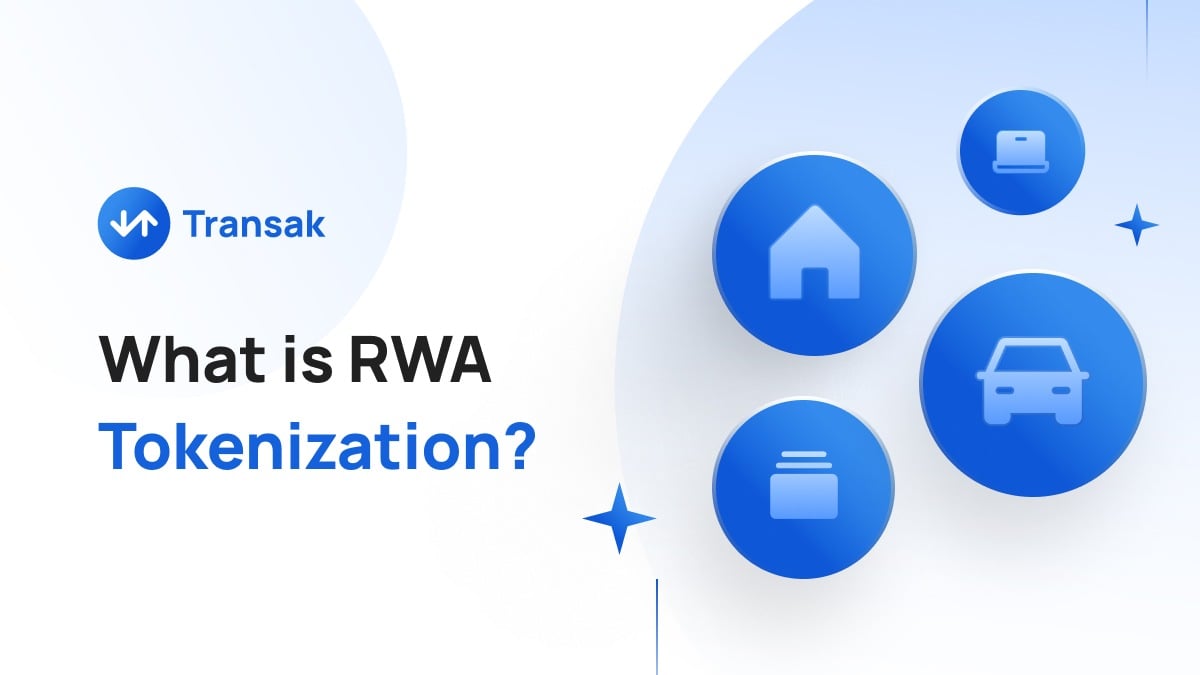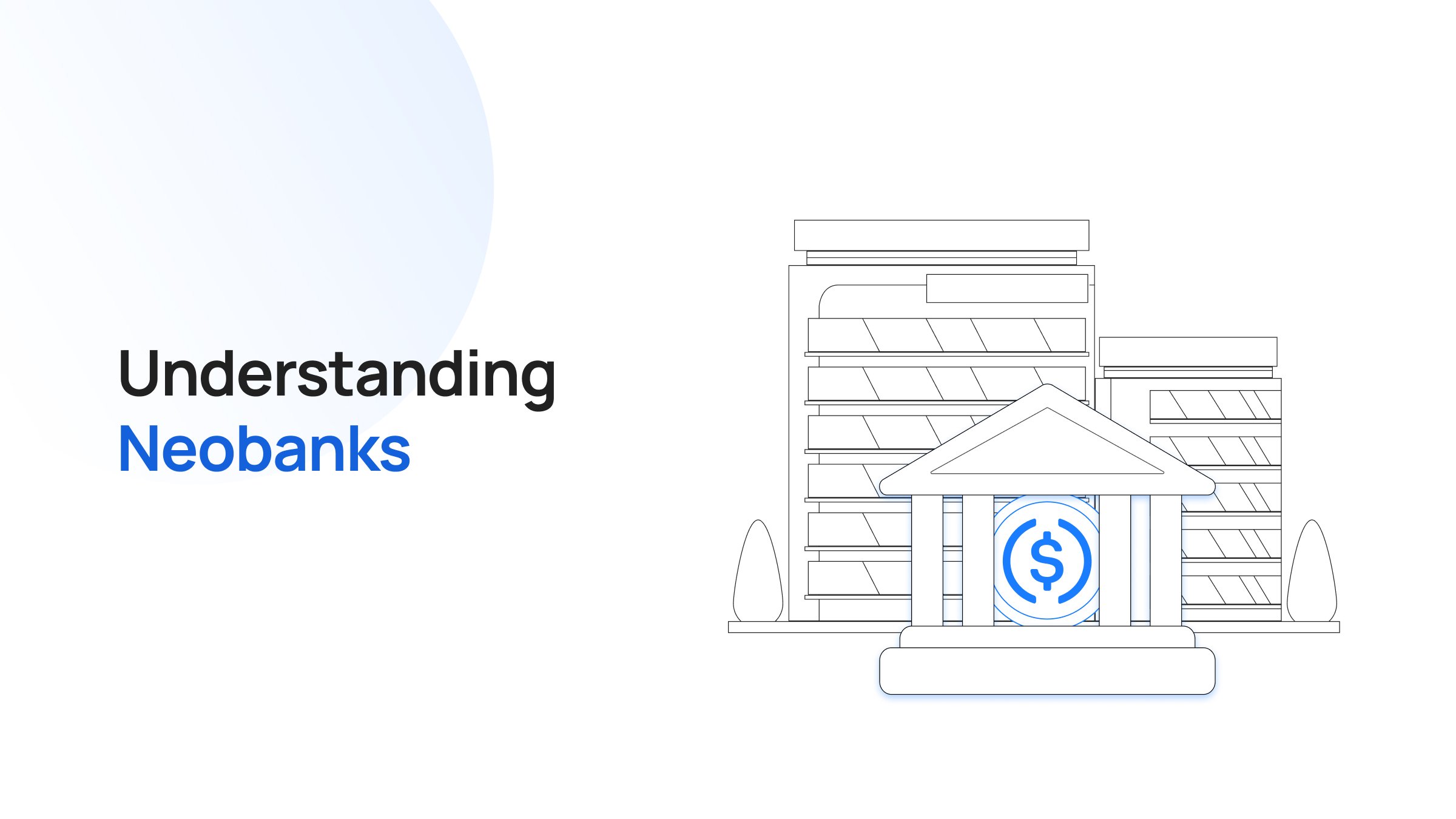RWA tokenization is converting real-world assets like real estate, gold, and machinery into tokens on a blockchain.
Real-world assets (RWA) consist of a collection of tangible and intangible assets like financial contracts, physical properties, or intellectual properties. These RWAs, when tokenized, are converted into numerous digital tokens on a blockchain.
The Total Value Locked (TVL) in the RWA is estimated to be over $6 billion. Based on CoinGecko's RWA Report 2024, the market capitalization of commodity-backed tokens has surpassed $1.1 billion.
The digitization of RWAs allows people to find potential buyers from various parts of the world. Moreover, the security features of the blockchain restrict the possibility of foul play by brokers or middlemen.
What is RWA Tokenization?
Real-world assets (RWA) tokenization involves creating tokens on a blockchain that represent physical or financial assets like art, real estate, stocks, or bonds. This technological innovation allows the RWA tokens to be the digital proof of ownership representing a particular asset.
Stablecoins backed by fiat currencies are one of the earliest forms of RWAs following the launch of Tether (USDT) in 2014. Tether, which is pegged to the US dollar and is designed to always be worth $1, paved the way for the creation of a stablecoin market that is valued at over $150 billion.
BlackRock, the world's largest asset manager, entered the RWA space to tokenize its assets, which are worth $10 trillion. To tokenize their assets, BlackRock partnered with Securitize and aims to make traditional financial products accessible through digitization.
Larry Fink, CEO at BlackRock, mentioned in an interview with Bloomberg Television that tokenization is the technological transformation for financial assets. The involvement of big names such as BlackRock encourages more asset management firms to tokenize their assets.
RWA tokenization is in its early stages, and its growth is not limited to real estate, stocks, and bonds. It can disrupt other industries like gaming, energy, collectibles, and more.
How Does RWA Tokenization Work?
Phase 1: Off-Chain Standardization
Real-world assets are taken through off-chain formalization before being made available to the buyer. Here, the asset's details, including its value, ownership data, and other legal documents, including property rights, are verified.
The assets are valued based on market conditions and prices in traditional markets. This value helps to determine the price of a single token created after the tokenization.
Before the tokenization, it's mandatory to follow all the applicable rules and regulations related to that particular asset. In this case, Special Purpose Vehicles (SPV) are developed to reduce any potential financial risks.
Phase 2: On-Chain Mechanism
The next phase involves the creation of smart contracts to automate the process depending on the provided instructions. Here, the developers specify the process to create, manage, and trade the tokens on the selected blockchain platform.
Then, the digital tokens are created to provide the owners with the rights to the underlying physical asset. The token standards used vary based on the selected blockchain, like the ERC-20 token standard used on the Ethereum blockchain.
For legal compliance, regulatory standards are implemented to integrate with DeFi for required assets. These standards help in ensuring the authenticity of the asset and its ownership details.
Blockchains are reliable and secure networks for value exchange, but they don't have the functionality to natively send or collect off-chain data. Therefore, oracles like Chainlink help connect smart contracts to real-world asset data.
Phase 3: Marketplace
Finally, the token issuers list the minted tokens on the marketplaces. Investors can visit the digital token marketplace, such as Securitize, to buy minted tokens.
These marketplaces provide all the necessary details related to the token, minimum investment amount, asset class, and redemption duration. Also, you have the option to choose assets with or without a lock-up period based on your preference.
Benefits of Real-World Asset Tokenization
Real-time Settlement
Traditional assets like real estate consume a lot of time and effort to find a potential buyer, depending on the market condition. Tokenizing such assets makes it easier for the owner to sell their digital tokens quickly.
Additionally, the time taken for the clearance and settlement process has also decreased. Therefore, the buyer of the token can enjoy the privilege of real-time settlement.
Low Entry Barrier
The fractionalization process, which involves the division of an asset into a large number of tokens, removes the entry barrier for retail investors. Now, individual investors can own a part of valuable property or art with low funds.
This low entry requirement will also help retail investors to diversify their portfolios by giving exposure to valuable assets. As a result, we can see more public participation in assets that were only accessible to wealthy investors before tokenization.
Efficiency
Smart contracts execute automatically when the provided conditions are met. As a result, there is no delay in the overall transaction process.
This operational efficiency not only eliminates the longer settlement duration but also reduces the cost. Moreover, the visibility of the transactions enhances the trust factor.
5 Examples RWA Projects
-
Centrifuge
Centrifuge is a platform that brings together RWA token issuers and investors through their Centrifuge pool. Issuers can use this pool to finance real-world assets like real estate, structured credit, carbon credits, US treasuries, and more.
-
Ethena
Ethena is an RWA project built on the Ethereum blockchain that issues stablecoins. Bitcoin (BTC) and Ether (ETH) are used as the collateral for this project's stablecoin, USDe.
-
Maple Finance
Maple Finance is a platform that offers infrastructure and technology for credit experts to conduct their on-chain lending businesses. At the beginning of 2023, Maple Finance added a Real-World Asset (RWA) pool to diversify its lending options.
-
Ondo Finance
Ondo Finance provides blockchain-enabled investment products, including RWA offerings. This RWA project offers cash management products and bond funds.
-
Pendle
Pendle is a prominent DeFi platform that provides users with yield in the form of a token. This platform has integrated with Flux Finance's fUSDC and MakerDAO's Boosted Dai Savings (sDAI) to offer RWA-based products.
Use Cases of RWA Tokenization
Here are 3 compelling use cases of RWA (Real-World Asset) tokenization.
1. Real Estate Fractionalization
Traditionally, real estate investing requires large capital, often limiting participation to institutions or wealthy individuals. Also, property ownership involves illiquidity – meaning it can be hard to sell holdings quickly.
Tokenization breaks down ownership of a property into numerous smaller tokens. This allows individuals to invest in a fraction of a high-value property with much lower entry barriers. It also increases liquidity, as tokens can be traded on dedicated marketplaces.
Example Projects: Lofty, RealT
2. Supply Chain Finance Optimization
Businesses often face delays in receiving payments for goods and services, hampering cash flow. Traditional financing options can be expensive or difficult to access, especially for smaller businesses.
Tokenizing invoices, receivables, or other trade assets allows businesses to access funding more quickly and potentially at lower costs. These tokens can be sold to investors on DeFi platforms, providing liquidity to the business in need.
Example Projects: Centrifuge, MakerDAO
3. Art and Collectibles
Investing in high-value artwork or collectibles faces barriers like high entry costs, concerns about authenticity, and a complex trading process with limited access.
Tokenization enables fractional ownership of rare art and collectibles. Digital certificates of ownership or tokens representing fractions of the assets are created on the blockchain, enhancing transparency and verification. This opens up this unique asset class to a wider range of investors.
Example Projects: Masterworks, TokenFi
Transak Powering RWA Tokenization
One of the key challenges for wider adoption of RWA tokenization is the friction associated with converting between fiat currencies (USD, EUR, etc.) and cryptocurrencies.
Transak's fundamental role is to bridge the gap between traditional fiat currencies (e.g., USD, EUR) and the world of cryptocurrencies. This is essential for RWA tokenization, as it allows potential investors to easily convert their fiat holdings into the cryptocurrencies necessary to participate in RWA investment opportunities.
Transak's strong presence in emerging markets and support for local payment methods are crucial for attracting a wider global investor base to the RWA space. This accessibility is critical for broader adoption and unlocks the potential for individuals and businesses to have limited access to traditional financial systems.
For more information, visit transak.com or follow on twitter.com/transak.






